Pistachios, cashews and other "nuts" that aren't really nuts
Categories: Food and Drinks | World
By Pictolic https://pictolic.com/article/pistachios-cashews-and-other-nuts-that-arent-really-nuts.htmlThe next time you're at a dinner party and someone lays out different nuts, take a moment and let everyone know that many of the delicious treats we call nuts don't really deserve that name.
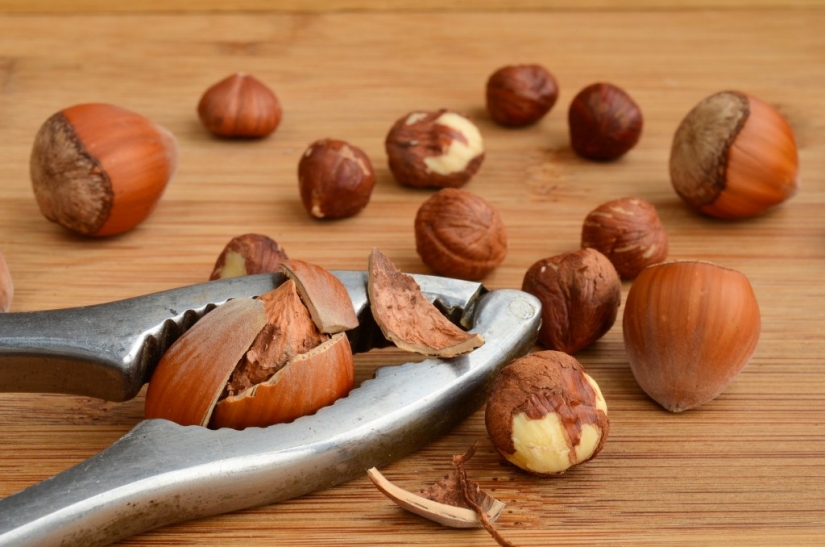
Botanists define a "nut" as a dry, non-opening syncarpic lower fruit with a woody pericarp (for example, in hazel), inside which one (rarely two) freely lying seed is placed. Real nuts have fused with the shell and will not open naturally upon reaching maturity. Hazelnuts, for example, meet the criteria. But these always popular snacks are lower, of course not.
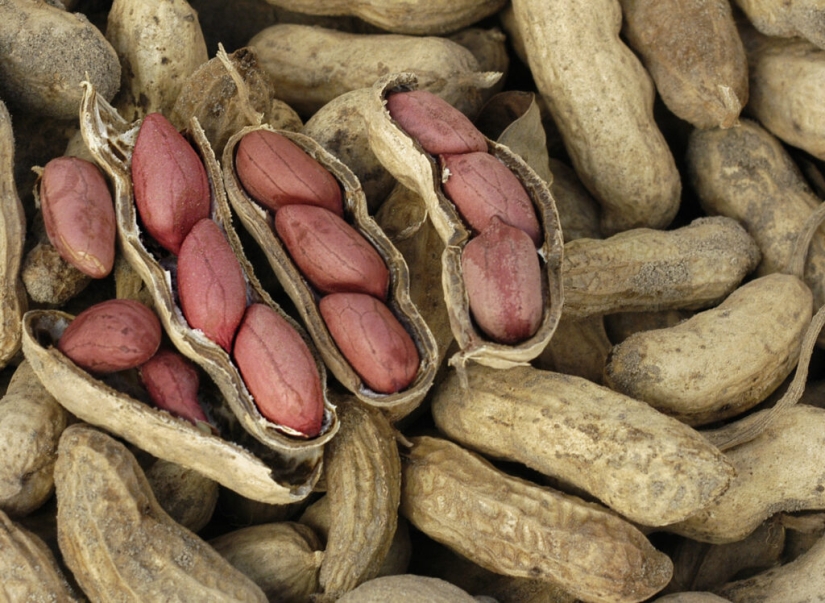
The main ingredient of nut butter, beloved by many sweet tooths, is actually not a nut. Peanuts belong to legumes, along with soybeans, lentils and chickpeas. An important distinctive external feature of legumes is a dry, usually multi—seeded, single—nesting fruit with seeds arranged in a row, which is scientifically called a bean, but in agricultural and popular literature it is usually a pod.

Almonds are seeds found in the fleshy, peach—like fruits of the plant of the same name. It deserves a place on our list because real nuts are not wrapped in a softened fruit mass. So how do botanists classify almonds? Like the seed of a drupe. In short, a drupe is a soft fruit with a hard inner bone. (Remember the peach pits.)
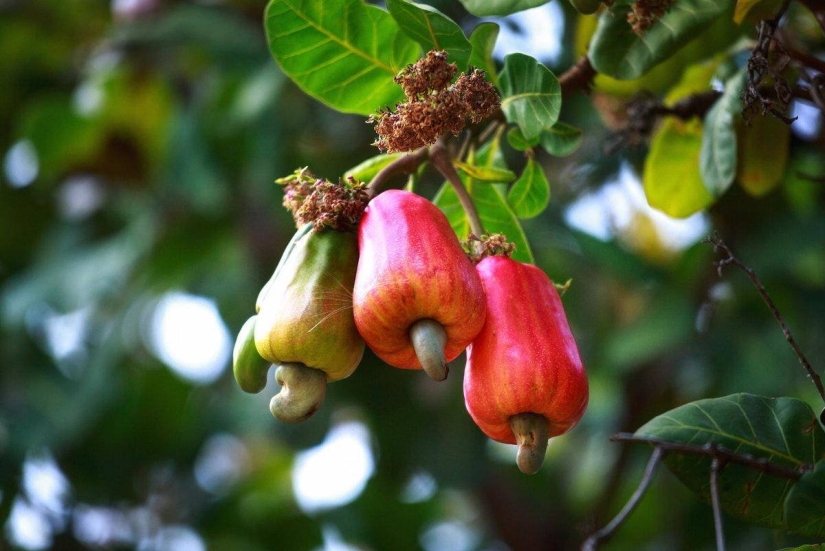
Like almonds, cashews are drupe seeds extracted from soft fruit packages. Cashew seeds are naturally protected by a toxin-coated outer shell, which is fried to neutralize the acid.
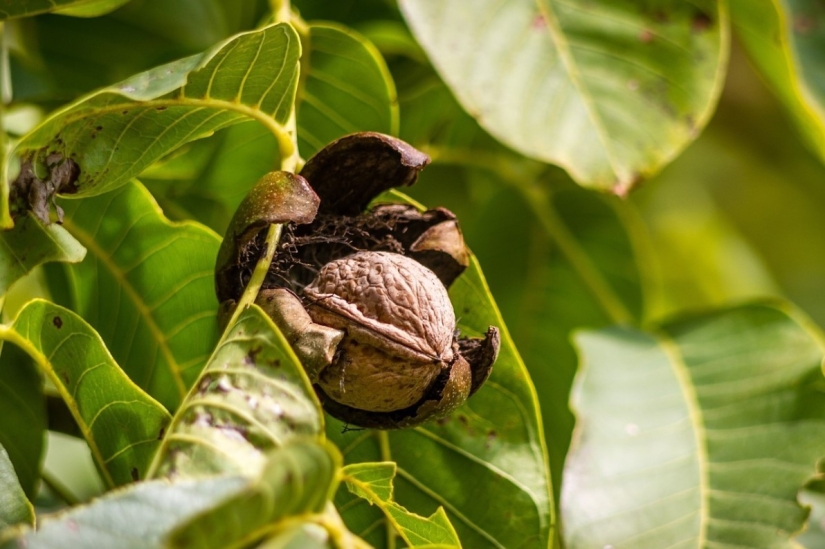
Walnut is another member of the bone clan! They live in green fruits on trees of the genus Nut (Juglans). Most of the seeds that come to our tables come from the English walnut tree Juglans regia. Even if you don't eat walnuts, you probably come across them sometimes: their shells are used in everything from cosmetic products to cat litter.
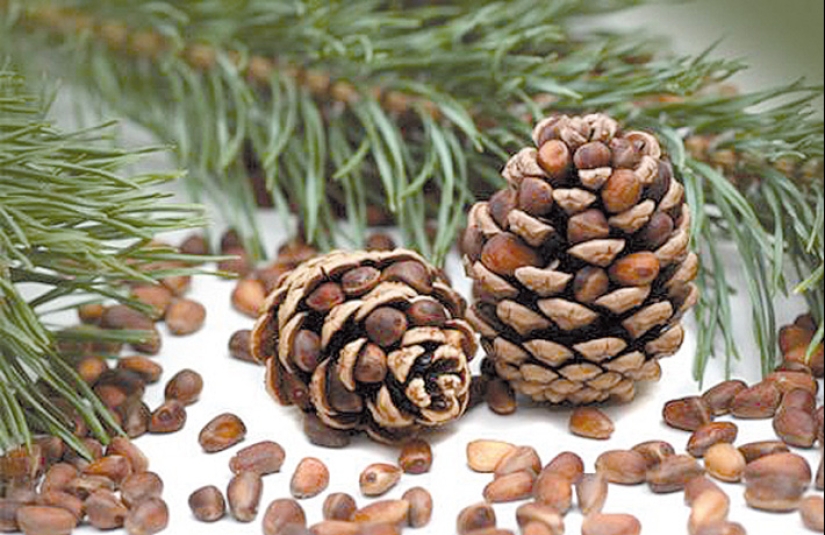
There are about 20 species of pine trees, including Italian cedar pine, which produce large seeds. These seeds are removed from the cones during a thorough process, which explains their high cost.

Brazil nuts can be found everywhere in the Amazon rainforest, in countries such as Peru, Colombia, Venezuela and (of course) Brazil. They are extracted from a solid pod weighing from 2 to 3 kilograms, containing up to two dozen seeds that could someday become trees. The pods are so big that if one of them falls on your head, it will be enough to stun or even kill you. Surprisingly, Brazil nuts can also be quite radioactive thanks to the roots of trees that grow deep in radium-rich soil.
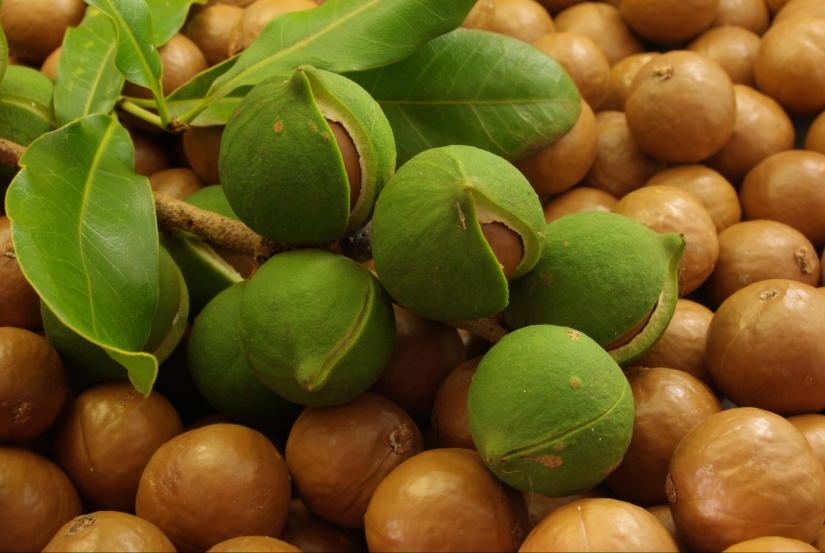
The city of Gimpy, Queensland, Australia, has an interesting claim to fame: about 70% of all macadamia nuts on Earth come from trees grown in this city. Macadamia is a staple in Queensland and New South Wales. But, again, these "nuts" are the bones.
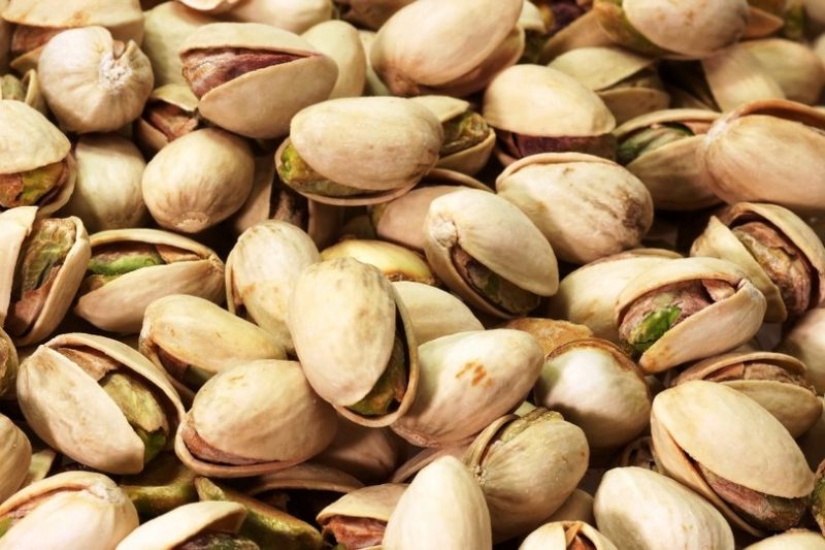
Pistachios are the bones. And they even have sinks that automatically open with a pop when the contents reach a certain size. And we also talked about why pistachios are always expensive and sold with a shell.
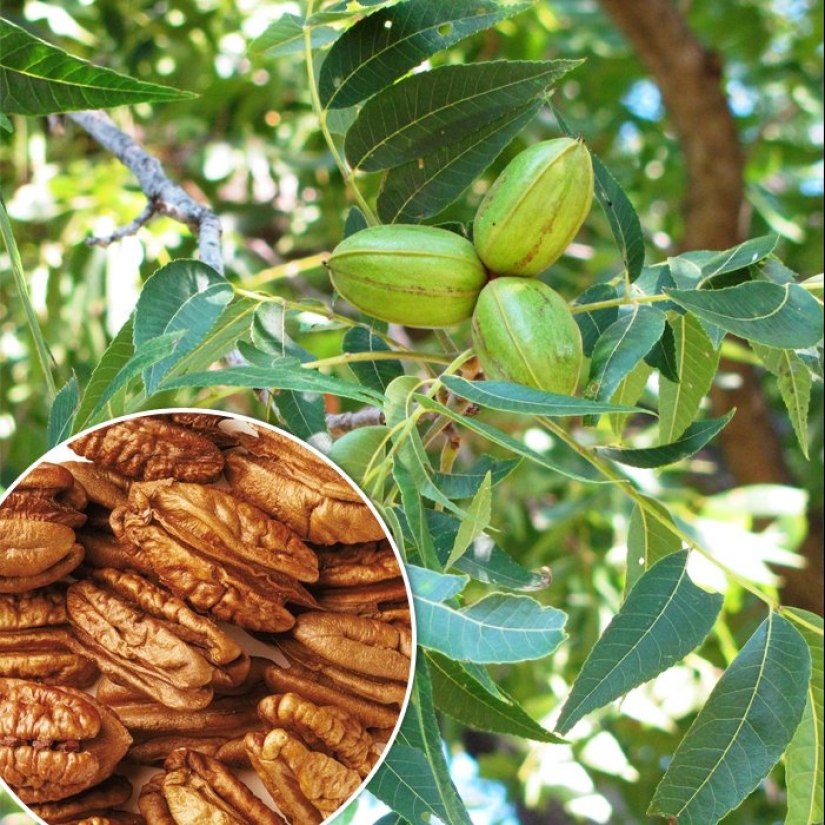
The Algonquian term for "a nut that requires a stone to crack" gave us the English word pecan. Wild pecans can be harvested in Mexico and the USA are the real treasures of North America. Leaving aside the origin of the name, they still cannot be called nuts. Botanists usually call them stone nuts, but because of their hard shell, the label "stone nuts" may be more appropriate. In any case, pecans are not real nuts. Although they make great pies out of them.
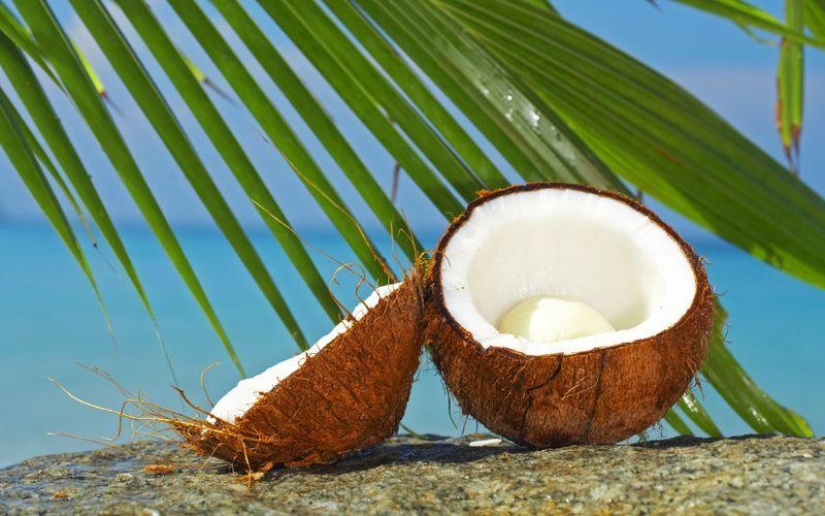
This is a real bone, just an unusual size. Its whitish fleshy interior can be immersed in hot water and then passed through a cloth to obtain coconut milk. Meanwhile, their outer shell is responsible for some of the most bizarre categories of the Guinness Book of Records. For example: "how many green coconuts can you smash with your head in one minute."
Recent articles

Adolf Theodor Laudenberg (Adolph Theodore Laundenberg) — a handsome white-haired old man of 94. Looking at him, hardly anyone ...

Oscar Wilde once said, "Life imitates art even more than art imitates life." And after viewing the photos that we have collected ...

Sometimes even the most friendly and sweet people irritate us, and this is absolutely normal! Psychologists have identified several ...